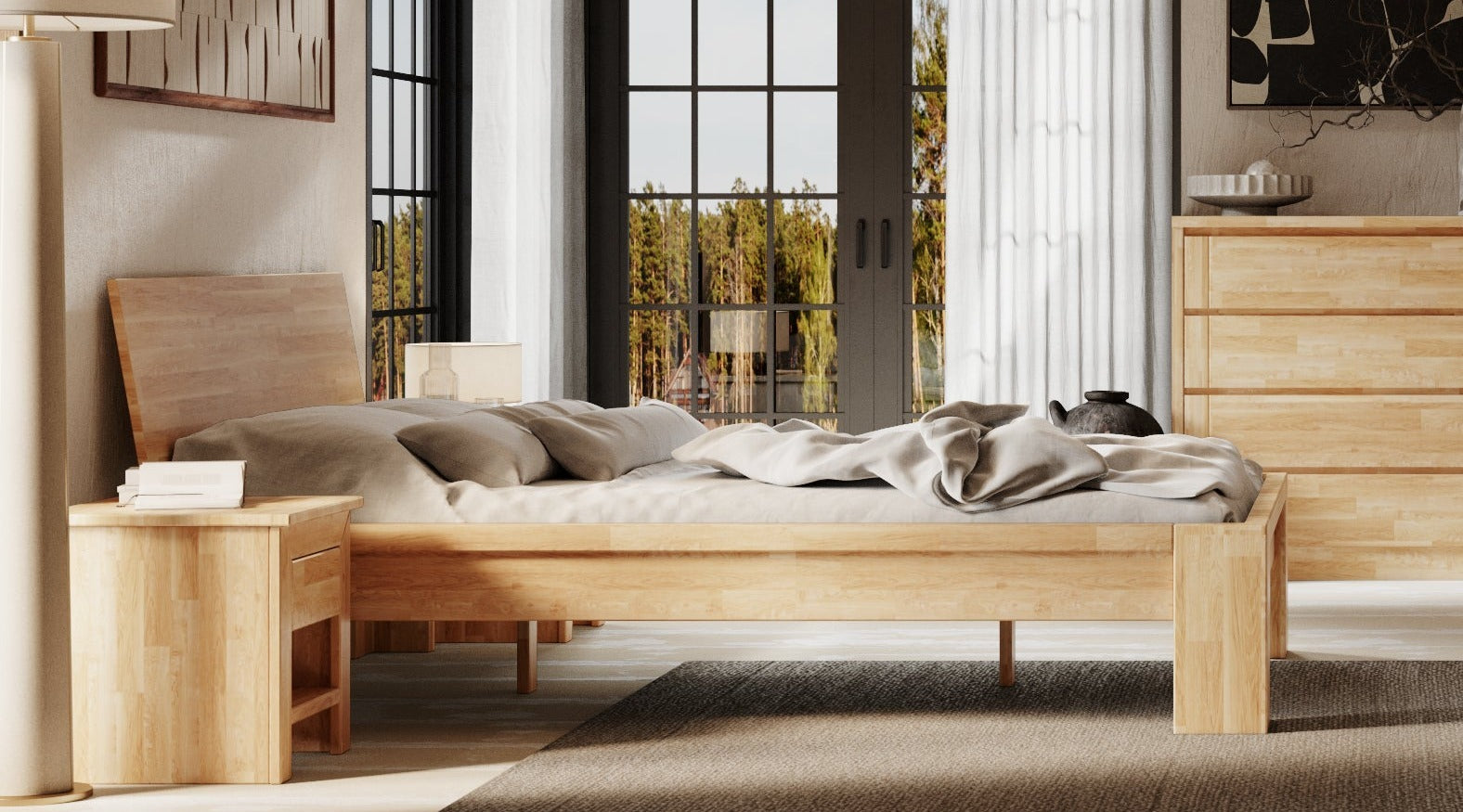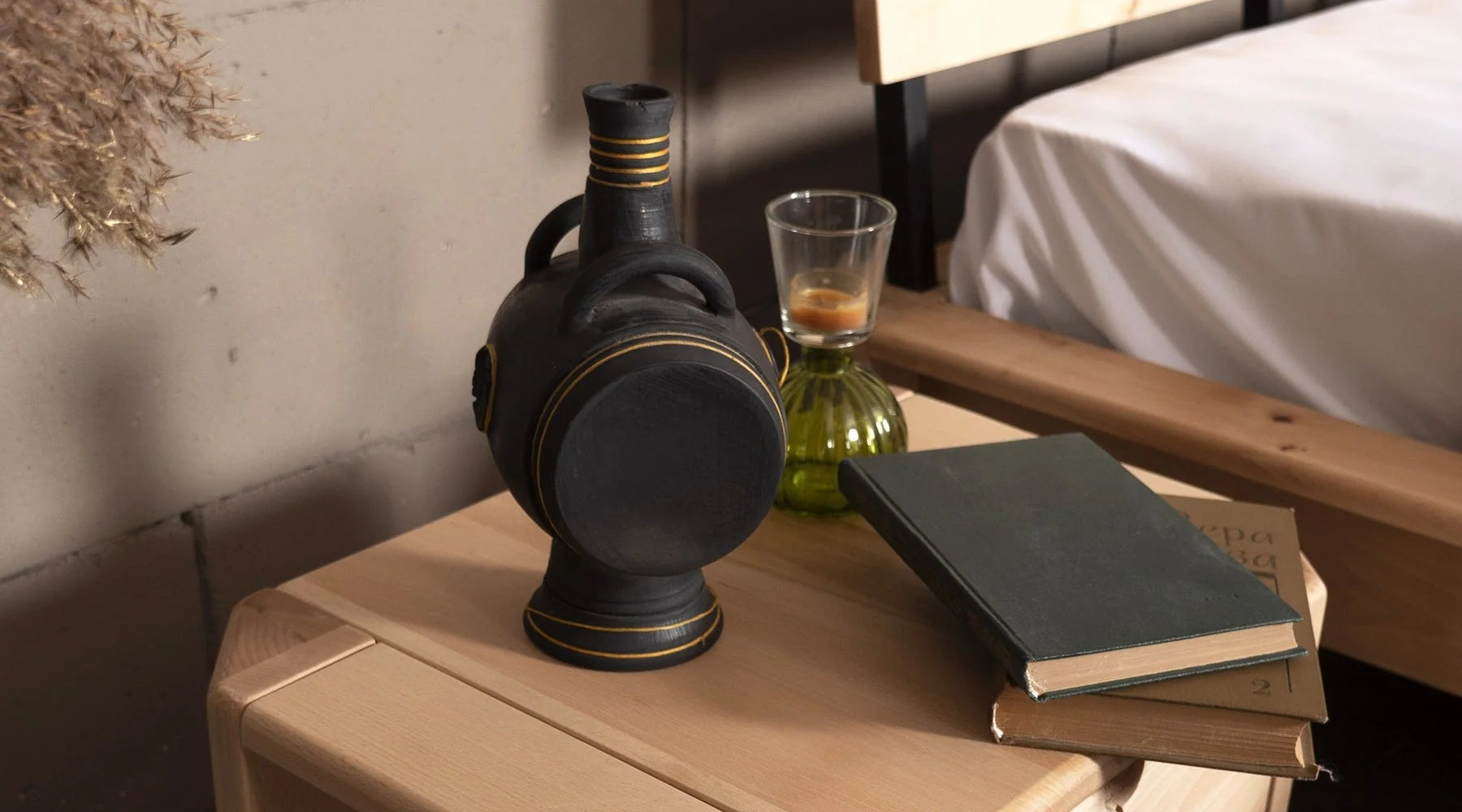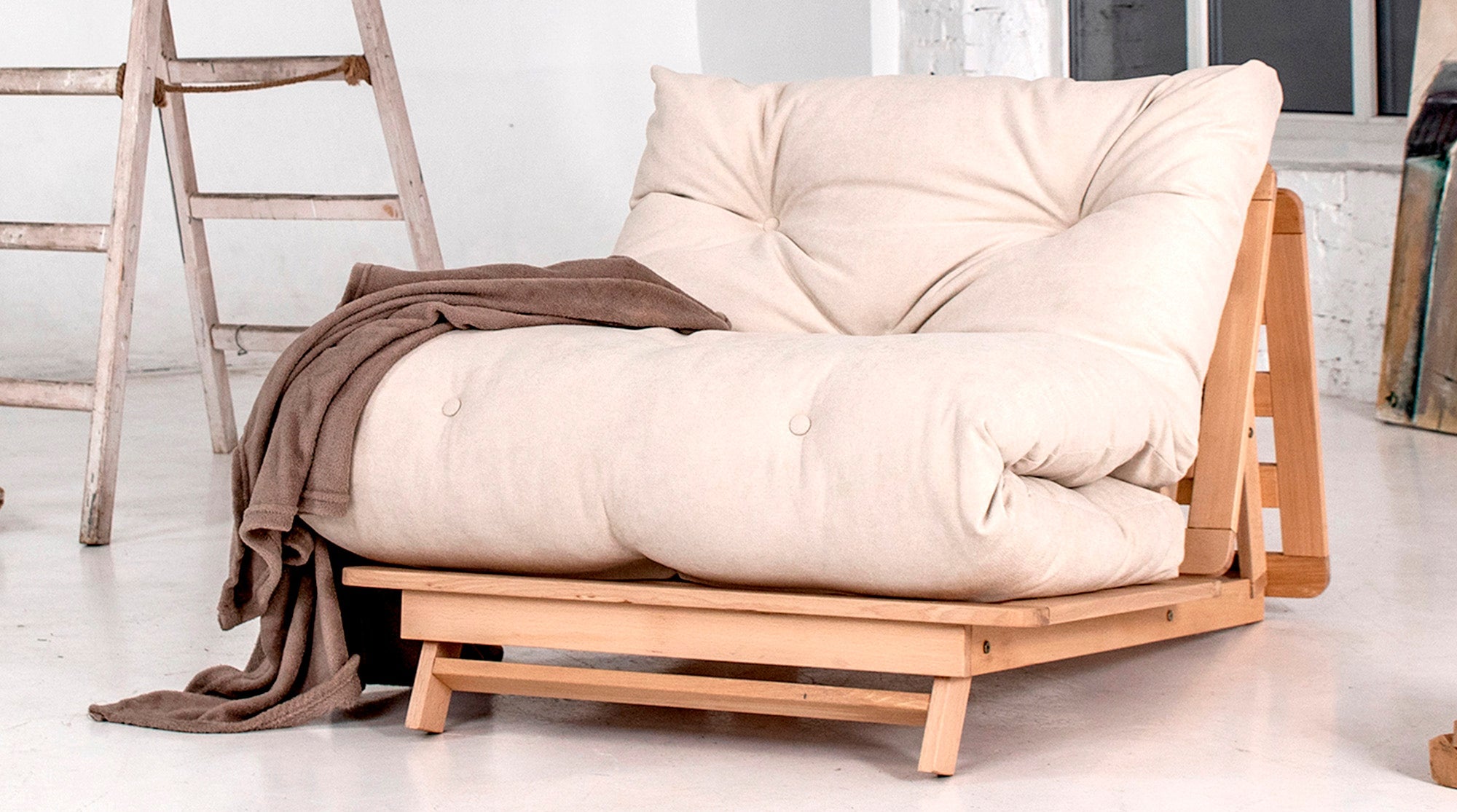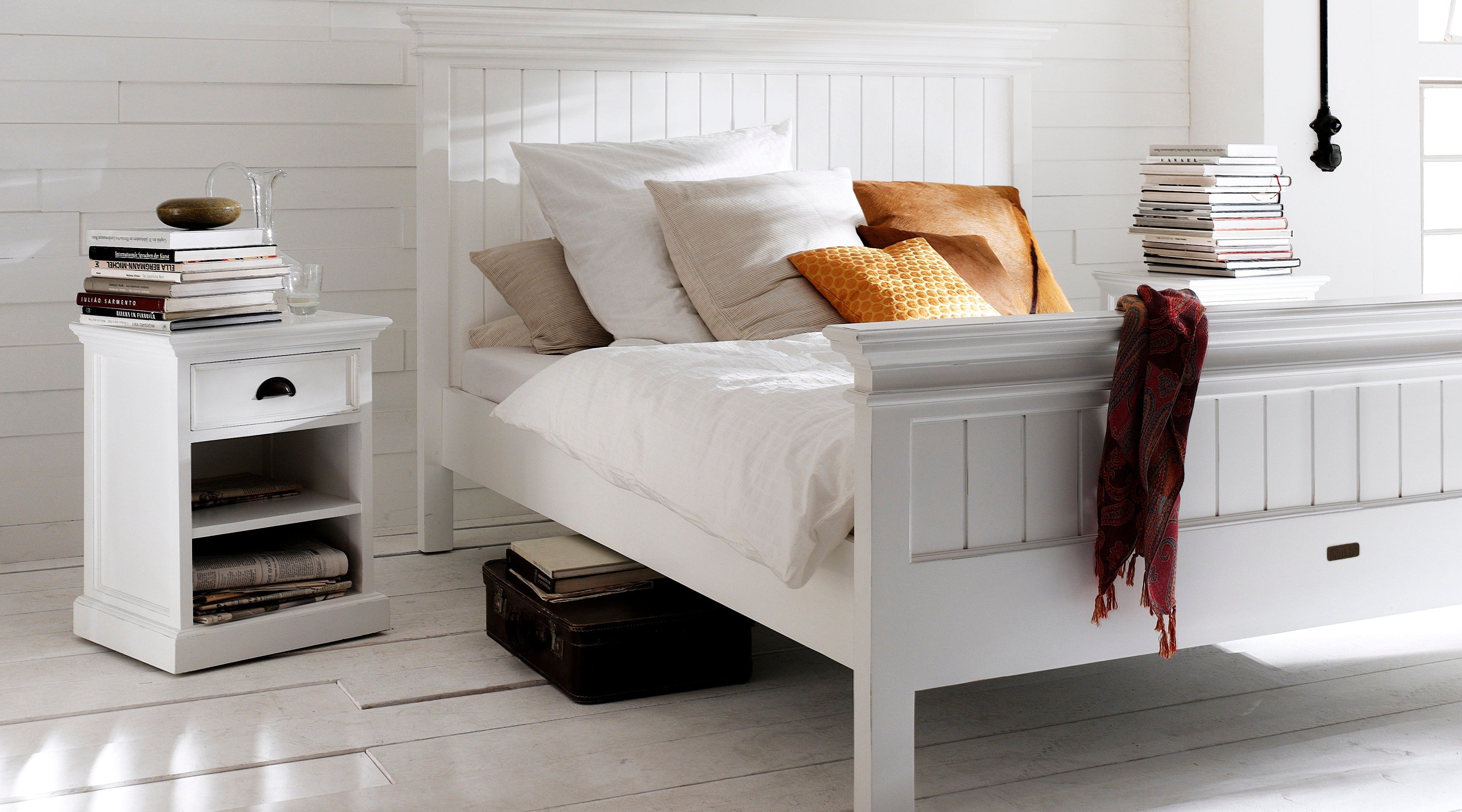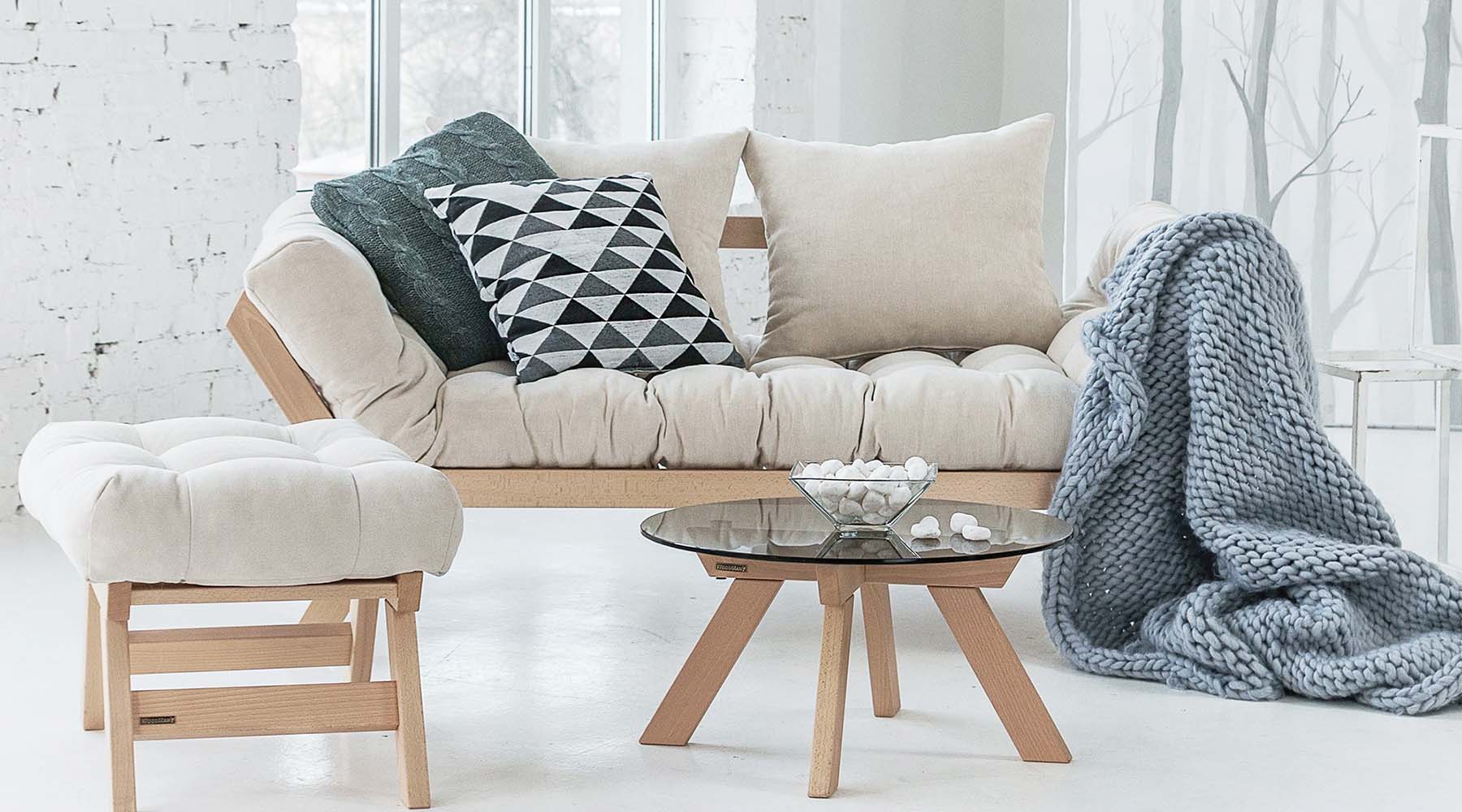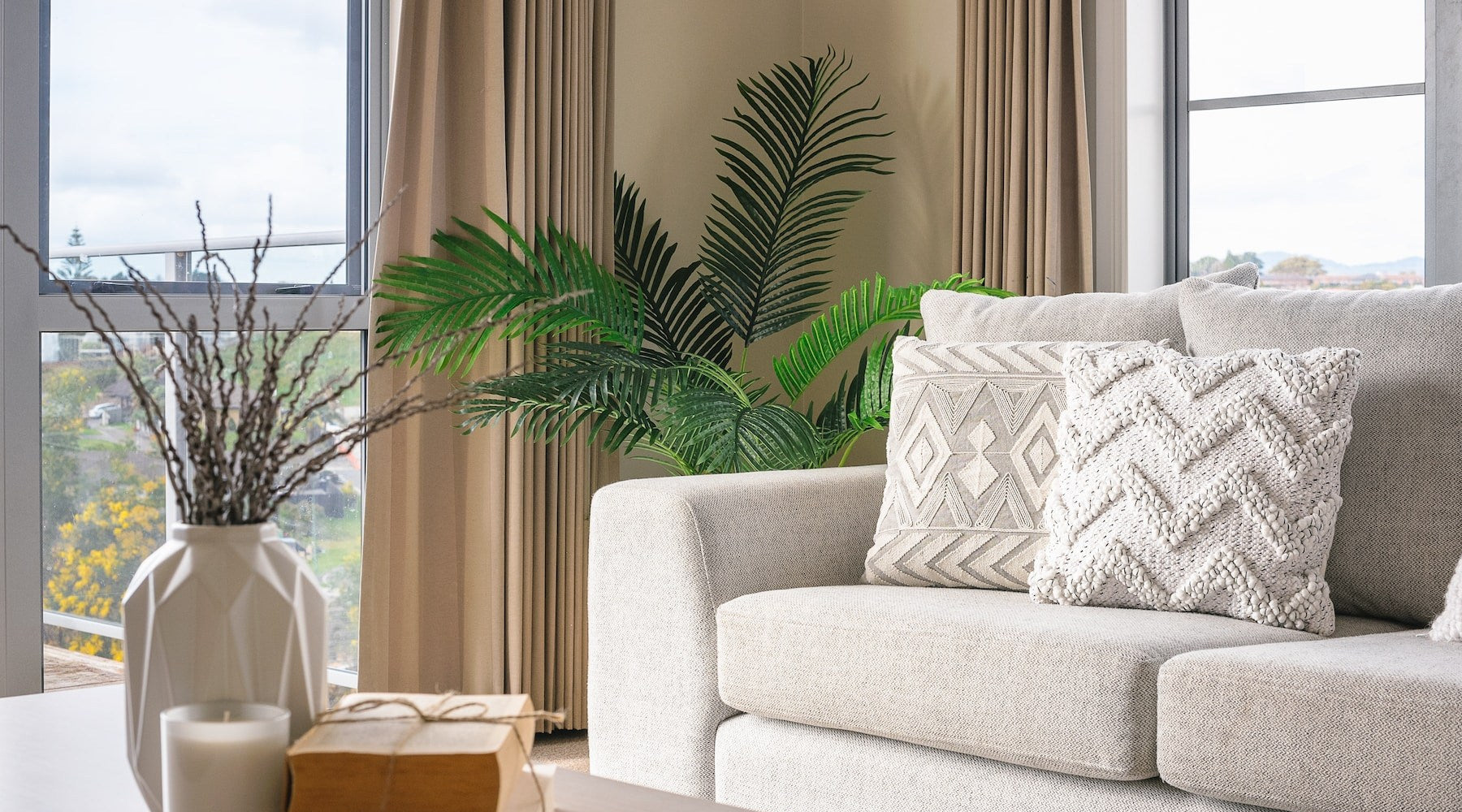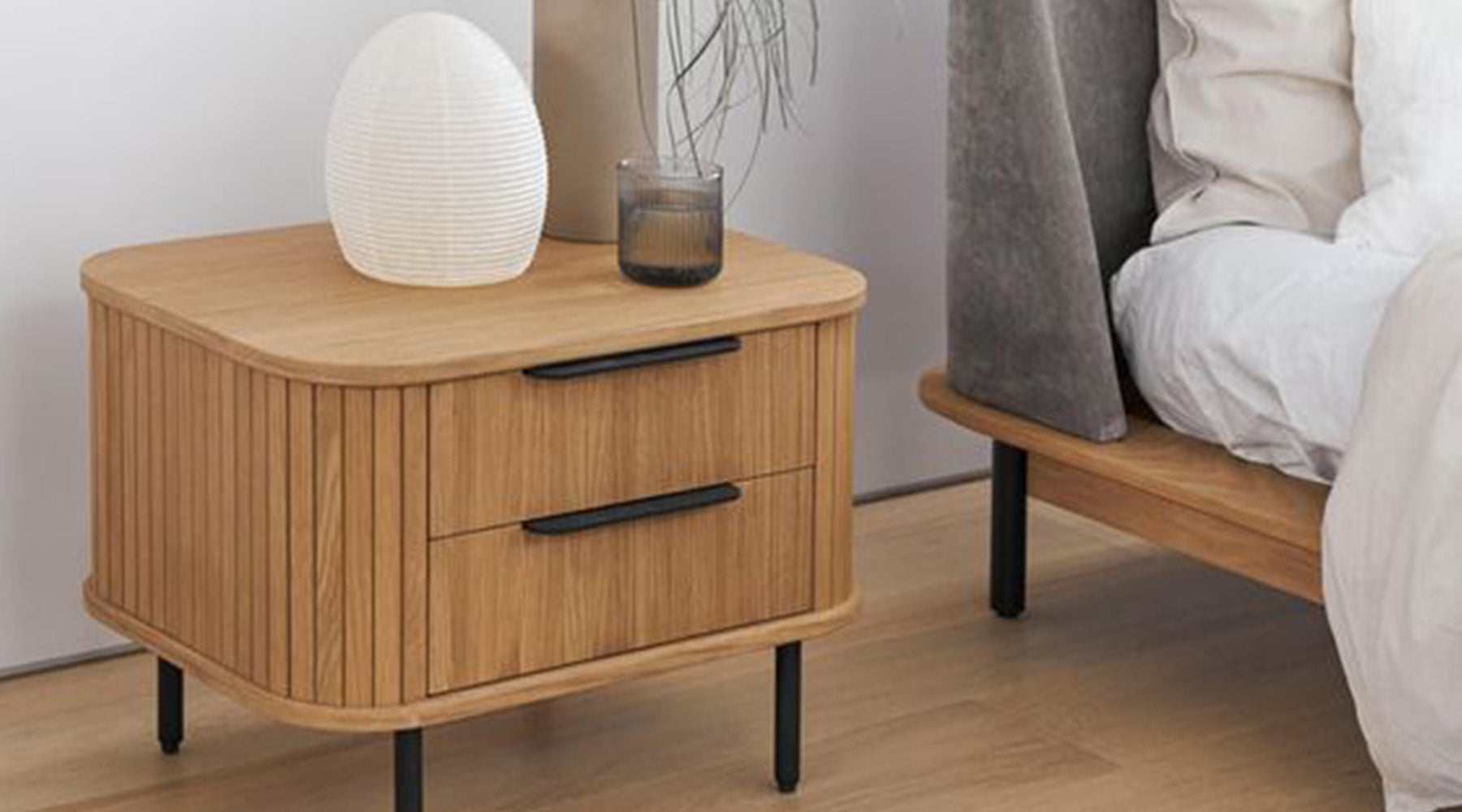Discover more about benefitial cleaning strategies for vintage nightstand
Understanding the charm of vintage furniture
Bedside tables are more than just functional pieces of furniture - they are the centerpieces of our bedrooms and add style, convenience as well as personality to our sanctuaries. Whether you're revamping your bedroom or simply looking to enhance its charm, the right bedside table can make a significant impact. In this article, we'll explore the art of choosing the perfect bedside table and delve into effective care strategies to ensure your treasured piece stands the test of time. If you're interested in the world of elegant nightstands, explore our blog about their general characteristics, construction, materials and useful tips on how to choose them properly.
Vintage furniture holds a special allure and character that modern living room furniture may lack. The first step in caring for vintage bedside tables is recognizing and appreciating their historical significance. Understanding the materials, construction techniques and design styles can inform your approach to proper preservation.
In order to extend the service of your furniture, try to build respectful attitude towards it. Before diving into care routines, assess the current condition of your vintage bedside table. Look for signs of wear, scratches, loose joints or water damage. This evaluation will help you tailor your care efforts to address specific issues and ensure a comprehensive restoration process. After assessing the condition of your decor items, it’s time to begin the cleaning process.

How to begin cleaning your bedside table?
Consider the overall style of your bedroom when selecting bedside tables. Particularly, try to harmonize with existing bedroom furniture and decor to create a cohesive and aesthetically pleasing atmosphere. From contemporary chic to rustic charm, we have a bedside table style available for every taste.
The initial step in caring for vintage bedside tables is to determine the type of wood they are made of. Understanding the wood's characteristics will guide your maintenance approach. For bedside tables with a highly polished finish, it's crucial to apply wax every three months. Use a quality furniture wax and buff the surface with a soft cloth to preserve their shine.
If your bargain requires extensive repairs or restoration beyond your expertise, consider consulting professional restoration services. They can assess the condition of the furniture and provide tailored solutions to bring it back to its former glory. Incorporating these additional tips into your care routine will contribute to the longevity and beauty of your vintage bedside tables. Remember that each piece has its unique characteristics, so adjusting your care approach based on the specific needs of the furniture will yield the best results.

Cleaning and dusting techniques for timeless elegance
The process of restoring the original finish is one of the first in our list as this is the basic need customers rarely satisfy and usually ignore. To revive the luster of your vintage bedside tables, consider using a high-quality wood polish. Be cautious with products containing silicone, as they can create a sticky residue over time. For restoring the original finish, seek guidance from professionals or use a suitable wood finish that matches the era and style of your furniture.
Also, addressing minor damages promptly is crucial in preserving the integrity of vintage bedside tables. Fill in scratches with a wood filler that matches the color of the wood and use touch-up pens for smaller imperfections. Ensure any repairs are done with precision to seamlessly integrate with the overall aesthetic. Thus, try to follow certain recommendations:
• Before using any cleaning solution, it's essential to test it in an inconspicuous area to ensure compatibility with the finish of room accessory. This precaution helps avoid potential damage or discoloration.
• Consider using a microfiber duster with a gentle touch for intricate details and hard-to-reach places. These dusters effectively trap and hold dust particles without scratching the wood. Be thorough but gentle, ensuring you reach all the nooks and crannies that may accumulate dust over time.
• For carved or ornate details on your stylish piece, a soft brush attachment on a vacuum cleaner can be a useful tool. Use it on a low suction setting to lift away dust without causing any damage. This method is particularly effective for intricate designs where a cloth might not reach.
• If there are stubborn spots or built-up grime on the vintage nightstand, a mild cleaning solution may be necessary. Mix a small amount of dish soap with warm water and dampen the cloth slightly. Wipe the affected areas gently, being careful not to oversaturate the wood. Always follow up with a dry cloth to remove any excess moisture.

• Steer clear of harsh chemical cleaners or polishes that may contain ingredients detrimental to vintage wood finishes. Ammonia-based cleaners and products with silicone can strip away the natural luster and cause long-term damage. Stick to gentle, wood-friendly cleaning solutions. By the way, the recommendation should be followed also in terms of your bed or other essential surfaces.
• Consistency is vital when it comes to cleaning and dusting bedside furnishings. Regular attention prevents the accumulation of dirt and dust, making the overall care routine more manageable. Aim for a weekly dusting session and more intensive cleaning as needed.
• If you encounter sticky residue on the fitting, avoid using water directly. Instead, use a mixture of equal parts vinegar and water or a specialized residue remover. Apply the solution sparingly and wipe away with a dry cloth to prevent damage to the wood.
• Periodic polishing can restore the natural shine of vintage wood. Choose a high-quality wood polish specifically designed for antique furniture. Apply a small amount to a clean, soft cloth and buff the surface gently. Ensure the polish is free from silicone to prevent build-up over time.
Protecting vintage bedside tables from environmental factors
Vintage wood is susceptible to environmental factors such as humidity and sunlight. Keep bedside tables away from direct sunlight to prevent fading and maintain a consistent humidity level to prevent warping or cracking. Consider using coasters and placemats to protect surfaces from spills and heat.

One of the most significant threats to vintage furniture is prolonged exposure to direct sunlight. UV rays can cause fading and discoloration of wood finishes. Position your bedside tables away from windows or use curtains and blinds to filter sunlight. Moreover, we recommend rotating and rearranging items on the tables periodically to ensure even exposure. What’s more, extreme temperatures also can have adverse effects on modern nightstands. Avoid placing bedside tables near heat sources like radiators, fireplaces, or heating vents, as excessive heat can cause the wood to dry out and lead to cracks. Similarly, protect your furniture from extreme cold, which can also impact its structural integrity.
Thus, the best advice would be to regularly inspect your vintage bedside tables for signs of environmental damage. Look for changes in the wood, such as discoloration, warping or cracks. Promptly address any issues to prevent them from escalating. Remember, that early intervention is key to preserving the original beauty of your furniture - and this rule works virtually with any fitting.
It can surprise you, but sometimes even improper room lighting is the reason for unpleasant damages. While natural light enhances the beauty of vintage furniture, it's essential to control artificial lighting as well. Avoid using harsh, direct lighting that can generate heat. Instead, opt for softer, indirect lighting options to create an ambiance that complements the vintage aesthetic without risking damage.
These steps not only contribute to the longevity of your cherished furniture but also allow you to enjoy their timeless elegance for years to come!

